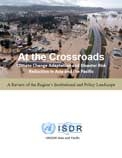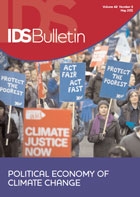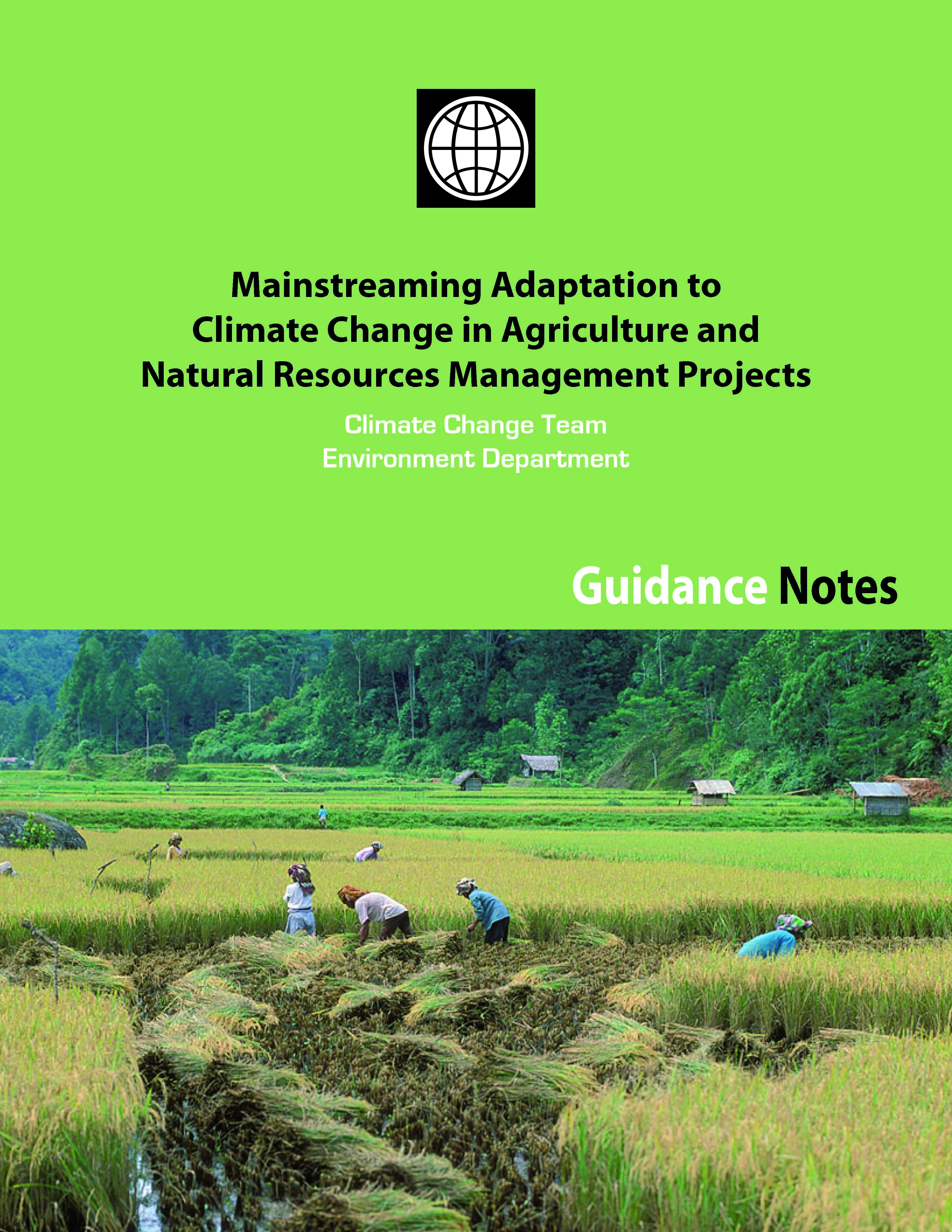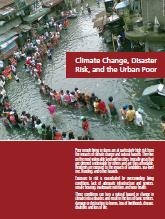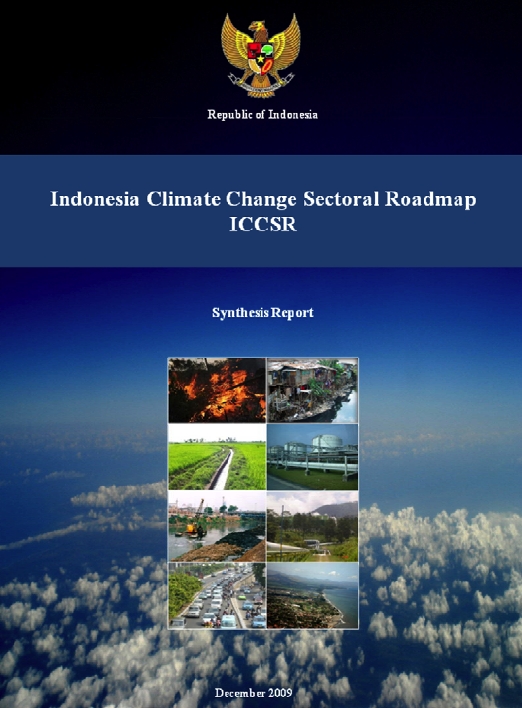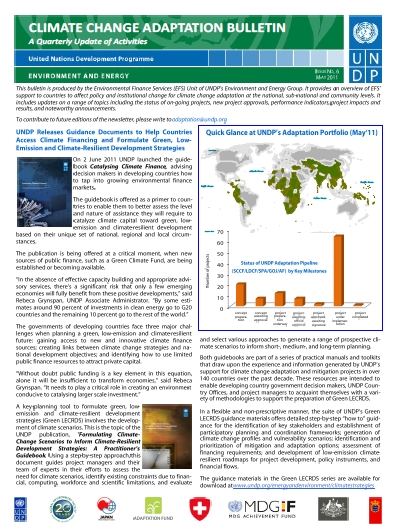Harvested Publications
A guide for policy making in an uncertain worldIDRC | IISD | TERI 2009 Edited by Darren Swanson and Suruchi Bhadwal Foreword The imperative to marry our pursuits of economic, social and environmental well-being has never been so urgent. At the same time, the setting in which policy-makers must work has never been so complex and uncertain. And now the backdrop to this increasing urgency is a worsening global economic crisis, the likes of which most of us have never experienced—a crisis…
This report was prepared to provide a snapshot of how disaster risk reduction (DRR) and climate change adaptation (CCA) are undertaken and integrated, if at all, in the Asia Pacific region. It does so by taking stock of past and ongoing regional initiatives and by looking into the role of certain organizations in the implementation process. It also discusses key developments in three areas—political, policy and institutional—which are instrumental in facilitating the integration of DRR and CCA agendas in the…
Despite the inherently political nature of international negotiations on climate change, much of the theory, debate, evidence-gathering and implementation linking climate change and development assume a largely apolitical and linear policy process. As the issue continues to dominate agendas, it is timely to propose a new political economy of climate change and development in which explicit attention is given to the way that ideas, power and resources are conceptualized, negotiated and implemented by different groups at different scales.
In the peatlands of Central Kalimantan, expectations of payments for reducing carbon emissions shape the discourse over natural resource management as a means of influencing policy and exercising power. Different types of actors have their own choice of argument and interpretation of facts, rules and norms over resource use or conservation. This article examines the discursive strategies used by contestants in the struggle over property rights in a failed development project (‘ex-Mega Rice Area’) in Central Kalimantan and traces their…
The CDKN Guide ‘Green growth – implications for development planning’ contributes to an expanding debate. Aimed primarily at national planners and policy advisors in developing countries, the Guide focuses on the role of economic tools in planning for green growth. How do decision makers create a vision and strategy for green growth? What skills do planners need to work effectively with the range of green growth tools available? And how to assess which tools are right for them? These are some…
This presents eight guidance notes (GN1 - GN8) that provide lessons learned, best practices, recommendations, and useful resources for integrating climate risk management and adaptation to climate change in development projects, with a focus on the agriculture and natural resource management sectors. They are organized around a typical project cycle, starting from project identification, followed by project preparation, implementation, monitoring and evaluation. Each note focuses on specific technical, institutional, economic, or social aspects of adaptation.
Poor people living in slums are at particularly high risk from the impacts of climate change and natural hazards. They live on the most vulnerable lands within cities, typically areas that are deemed undesirable by others and are thus affordable. Residents are exposed to the impacts of landslides, sea-level rise, flooding, and other hazards. Exposure to risk is exacerbated by overcrowding living conditions, lack of adequate infrastructure and services, unsafe housing, inadequate nutrition, and poor health. These conditions can turn…
The Indonesia Climate Change Sectoral Roadmap (ICCSR) is meant to provide inputs for the 5 year Medium-term Development Plan (RPJM) 2010-2014, and also for the subsequent RPJMN until 2030, laying particular emphasis on the challenges emerging in the forestry, energy, industry, agriculture, transportation, coastal area, water, waste and health sectors. It is Bappenas’ policy to address these challenges and opportunities through effective development planning and coordination of the work of all line ministries, departments and agencies of the Government of Indonesia (GoI). It is a dynamic…
The UN Development Programme (UNDP) has released the sixth issue of its Climate Change Adaptation Bulletin, a quarterly publication that provides an overview of the technical assistance to countries at the national, sub-national and community-levels. The Bulletin reports on projects carried out in Liberia, Cape Verde, Bangladesh, Lao PDR, Samoa and Cambodia. The issue examines adaptation initiatives in Liberia since the adoption of the National Adaptation Programme of Action (NAPA), focusing on the UNDP-Global Environment Facility (GEF) funded project on "Enhancing…
The Global Environment Facility (GEF) has published a road map to show the Least Developed Countries (LDC) the steps required to access funds for climate change adaptation and mitigation through the LDC fund. This fund is known to support LDCs in the preparation and implementation of NAPA. The publication is titled “Accessing Resources under the Least Developed Countries Fund”.


